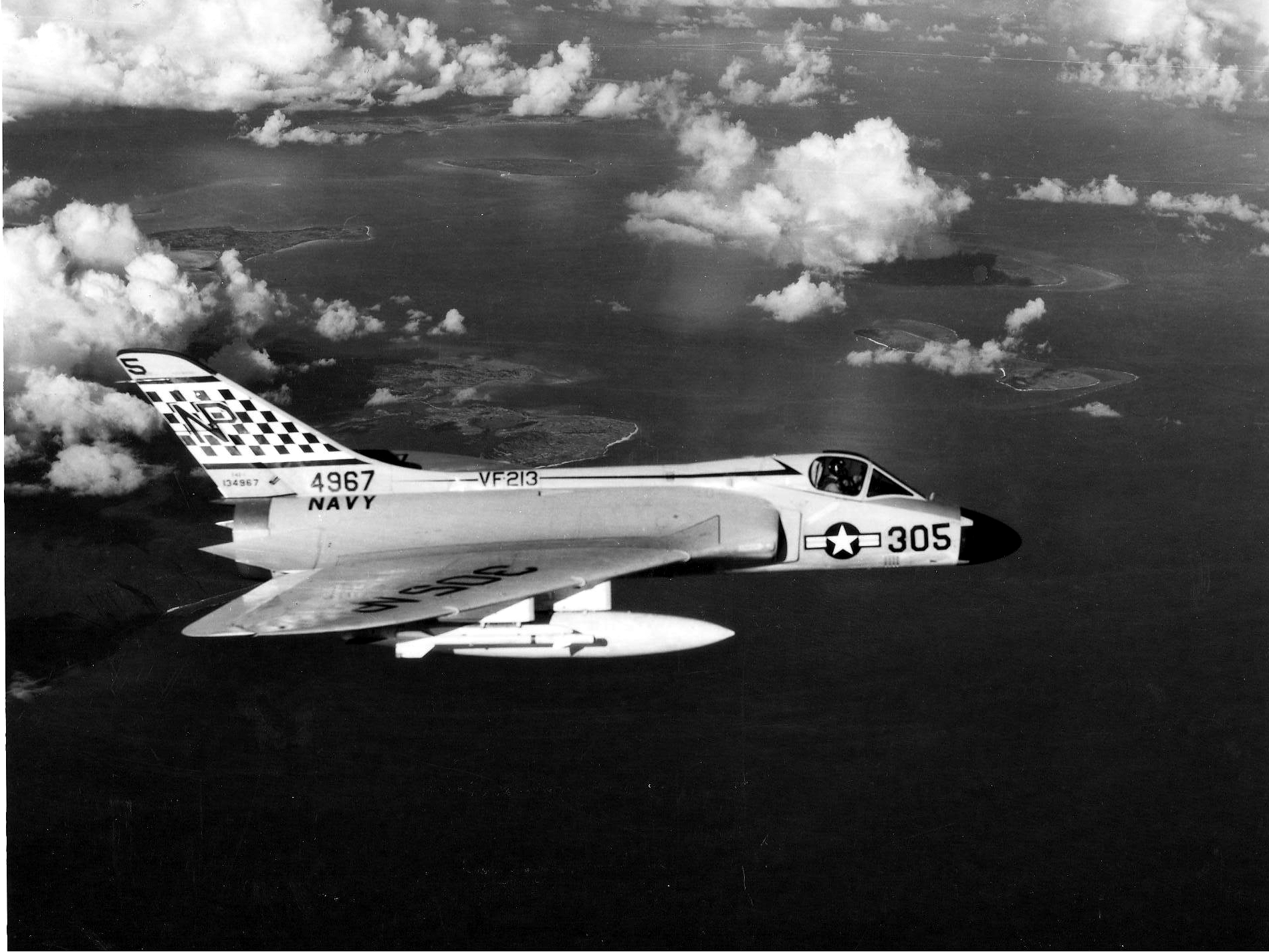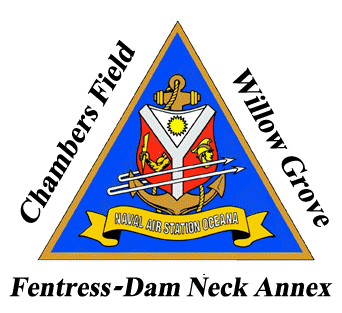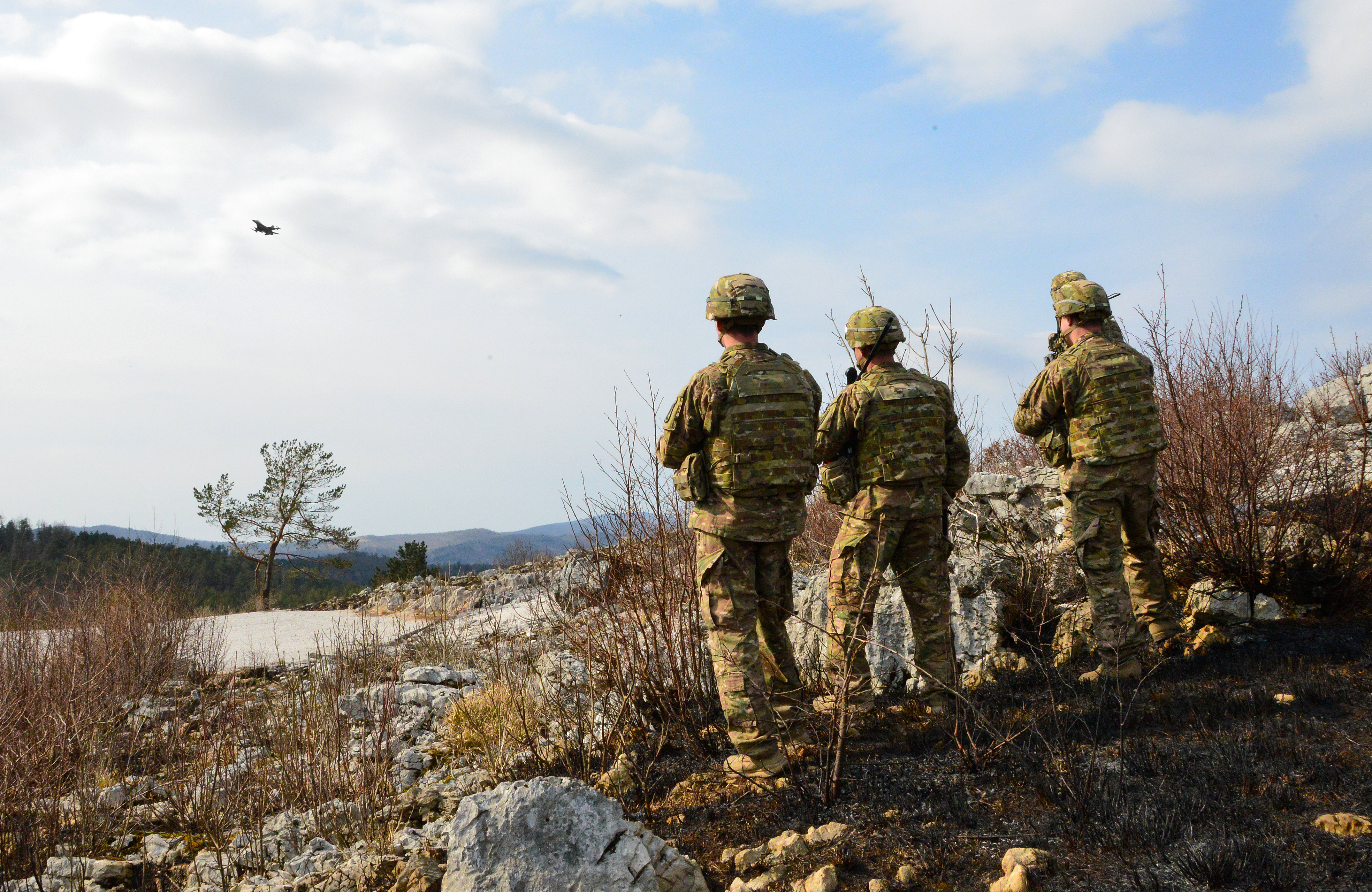|
VF-213
Strike Fighter Squadron 213 (VFA-213) ''Blacklions'' is an aviation unit of the United States Navy based at Naval Air Station Oceana, Virginia. It was established in 1955 and is currently equipped with the F/A-18F Super Hornet. The squadron is assigned to Carrier Air Wing Eight and uses the radio callsign ''Lion''. History 1950s Fighter Squadron Two One Three (VF-213) was established on June 22, 1955 at NAS Moffett Field, California. The first cruise was aboard flying the F2H Banshee. When they returned, they transitioned to the F4D Skyray which they flew for two deployments on . They then transitioned to the F3H Demon, which gave the squadron the capability to fire the newly deployed AIM-7 Sparrow air-to-air missile. VF-213 deployed next for a third cruise aboard USS ''Lexington''. 1960s In June 1961, VF-213 moved to NAS Miramar, which became their home for the next 36 years. Three years later, in February 1964, VF-213 accepting the first of their new F-4B Phantom IIs. Vietn ... [...More Info...] [...Related Items...] OR: [Wikipedia] [Google] [Baidu] |
Grumman F-14 Tomcat
The Grumman F-14 Tomcat is an American carrier-capable supersonic, twin-engine, two-seat, twin-tail, variable-sweep wing fighter aircraft. The Tomcat was developed for the United States Navy's Naval Fighter Experimental (VFX) program after the collapse of the General Dynamics-Grumman F-111B project. The F-14 was the first of the American Teen Series fighters, which were designed incorporating air combat experience against MiG fighters during the Vietnam War. The F-14 first flew on 21 December 1970 and made its first deployment in 1974 with the U.S. Navy aboard , replacing the McDonnell Douglas F-4 Phantom II. The F-14 served as the U.S. Navy's primary maritime air superiority fighter, fleet defense interceptor, and tactical aerial reconnaissance platform into the 2000s. The Low Altitude Navigation and Targeting Infrared for Night ( LANTIRN) pod system was added in the 1990s and the Tomcat began performing precision ground-attack missions. The Tomcat was retired by U.S. Navy ... [...More Info...] [...Related Items...] OR: [Wikipedia] [Google] [Baidu] |
Carrier Air Wing Eleven
Carrier Air Wing Eleven (CVW-11) is a United States Navy aircraft carrier air wing based at Naval Air Station Lemoore, California. The air wing is attached to the aircraft carrier .Carrier Air Wing Eight (CVW 11) - Global Security.org - Access Date 1 January 2007 Mission To conduct carrier air warfare operations and assist in the planning, control, coordination and integration of seven air wing squadrons in support of carrier air warfare including; Interception and destruction of enemy aircraft and missiles in all-weather conditions to establish and maintain local air superiority. All-weather offensive air-to-surface attacks, Detection, localization, and destruction of enemy ships and submarines to establish and maintain local sea control. Aerial photographic, sighting, and electronic ...[...More Info...] [...Related Items...] OR: [Wikipedia] [Google] [Baidu] |
VF-114
Fighter Squadron 114 (VF-114) was a fighter squadron of the United States Navy that was active from 1945 through 1993. Nicknamed the "Aardvarks", it was based out of Naval Air Station Miramar, California. The squadron flew combat missions during the Korean War and Vietnam War. VF-114 was disestablished as part of the post-Cold War drawdown of forces on April 30, 1993. History 1940s VF-114 was established as Bombing Fighter Squadron (VBF-19) on January 20, 1945, at NAS Alameda, California. Soon thereafter, Bombing Fighter Squadron, VBF-19 moved to NAS North Island, California, where it first flew the Grumman F6F Hellcat and then the Vought F4U-4 Corsair. As with many squadrons after World War II, VBF-19 made several designation changes. The first change was two years later, on 24 August 1948 when it became VF-192, and its final change was on 15 February 1950 when it became VF-114. At this time, VF-114 was known as the ''Executioners''. 1950s VF-114 participated in the Korean W ... [...More Info...] [...Related Items...] OR: [Wikipedia] [Google] [Baidu] |
NAS Oceana
Naval Air Station (NAS) Oceana or NAS Oceana is a United States Navy Naval Air Station located in Virginia Beach, Virginia. Nowadays, the station is located on 23.9 km2. It has total of 250 aircraft deployed and buildings valued at $800 million in plant replacement value. The total Navy community (which includes spouses) count for around 20.000 people. The base is under the jurisdiction of Navy Region Mid-Atlantic and is the headquarters of Strike Fighter Wing Atlantic and Carrier Air Wing 1, Carrier Air Wings 1, Carrier Air Wing Three, 3, Carrier Air Wing Seven, 7 and Carrier Air Wing Eight, 8. As home to all East Coast strike fighter jet squadrons, the Naval Air Station is classified as a master jet base. The airfield is known as Apollo Soucek Field, named after Lieutenant (later Admiral) Apollo Soucek, a Navy test pilot who set the global altitude record in 1930 by flying a Curtiss Aeroplane and Motor Company, Curtiss ''"Hawk"'' biplane to an altitude of 43,166 feet. ... [...More Info...] [...Related Items...] OR: [Wikipedia] [Google] [Baidu] |
Carrier Air Wing Eight
Carrier Air Wing Eight (CVW-8), is a United States Navy aircraft carrier air wing based at Naval Air Station Oceana, Virginia. The air wing is attached to the aircraft carrier Mission To conduct carrier air warfare operations and assist in the planning, control, coordination and integration of nine air wing squadrons in support of carrier air warfare including; Interception and destruction of enemy aircraft and missiles in all-weather conditions to establish and maintain local air superiority. All-weather offensive air-to-surface attacks, Detection, localization, and destruction of enemy ships and submarines to establish and maintain local sea control. Aerial photographic, sighting, and electronic intelligence for naval and joint operations. Airborne early warning service to fleet forces and shore warning nets. Airborne electronic countermeasures. In-flight refueling operations to extend the range and the endurance of air wing aircraft and Search and rescue operations. Subordina ... [...More Info...] [...Related Items...] OR: [Wikipedia] [Google] [Baidu] |
Naval Air Station Oceana
Naval Air Station (NAS) Oceana or NAS Oceana is a United States Navy Naval Air Station located in Virginia Beach, Virginia. Nowadays, the station is located on 23.9 km2. It has total of 250 aircraft deployed and buildings valued at $800 million in plant replacement value. The total Navy community (which includes spouses) count for around 20.000 people. The base is under the jurisdiction of Navy Region Mid-Atlantic and is the headquarters of Strike Fighter Wing Atlantic and Carrier Air Wings 1, 3, 7 and 8. As home to all East Coast strike fighter jet squadrons, the Naval Air Station is classified as a master jet base. The airfield is known as Apollo Soucek Field, named after Lieutenant (later Admiral) Apollo Soucek, a Navy test pilot who set the global altitude record in 1930 by flying a Curtiss ''"Hawk"'' biplane to an altitude of 43,166 feet. Constructed in 1941, and officially commissioned in 1943, NAS Oceana has been home to carrier-based aircraft since its inc ... [...More Info...] [...Related Items...] OR: [Wikipedia] [Google] [Baidu] |
McDonnell F2H Banshee
The McDonnell F2H Banshee (company designation McDonnell Model 24) is an American single-seat carrier-based jet fighter aircraft deployed by the United States Navy and United States Marine Corps from 1948 to 1961. A development of the FH Phantom, it was one of the primary American fighters used during the Korean War, and was the only jet-powered fighter deployed by the Royal Canadian Navy.Mesko, 2002, p.48 The aircraft's name is derived from the banshee of Irish mythology. Design and development The Banshee was a development of the FH Phantom, and planning started before the Phantom entered production. McDonnell engineers intended the aircraft to be a modified Phantom that shared many parts with the earlier aircraft, but it soon became clear that the need for heavier armament, greater internal fuel capacity, and other improvements would make the idea infeasible.Mesko, 2002, p.10 The new aircraft would use much larger and more powerful engines, a pair of newly developed Westi ... [...More Info...] [...Related Items...] OR: [Wikipedia] [Google] [Baidu] |
Douglas F4D Skyray
The Douglas F4D Skyray (later redesignated F-6 Skyray) is an American carrier-based fighter/interceptor built by the Douglas Aircraft Company. Although it was in service for a relatively short time (1956–1964) and never entered combat, it was the first carrier-launched aircraft to hold the world's absolute speed record, at 752.943 mph,Angelluci 1987, p. 92. (1211.744 km/h) and was the first United States Navy and United States Marine Corps fighter that could exceed Mach 1 in level flight.Francillon 1979, p. 480. It was the last fighter produced by the Douglas Aircraft Company before it merged with McDonnell Aircraft and became McDonnell Douglas. The F5D Skylancer was an advanced development of the F4D Skyray that did not go into service. Design and development The Skyray was designed to meet a Navy requirement issued in 1947 for a fighter aircraft that could intercept and destroy an enemy aircraft at an altitude of 50,000 ft (15,240 m) within five minu ... [...More Info...] [...Related Items...] OR: [Wikipedia] [Google] [Baidu] |
Close Air Support
In military tactics, close air support (CAS) is defined as air action such as air strikes by fixed or rotary-winged aircraft against hostile targets near friendly forces and require detailed integration of each air mission with fire and movement of these forces and attacks with aerial bombs, glide bombs, missiles, rockets, autocannons, machine guns, and even directed-energy weapons such as lasers.''Close Air Support''. United States Department of Defense, 2014. The requirement for detailed integration because of proximity, fires or movement is the determining factor. CAS may need to be conducted during shaping operations with Special Operations Forces (SOF) if the mission requires detailed integration with the fire and movement of those forces. A closely related subset of air interdiction (AI), battlefield air interdiction, denotes interdiction against units with near-term effects on friendly units, but which does not require integration with friendly troop movements. The ter ... [...More Info...] [...Related Items...] OR: [Wikipedia] [Google] [Baidu] |
NAS Moffett Field
Moffett Federal Airfield , also known as Moffett Field, is a joint civil-military airport located in an unincorporated part of Santa Clara County, California, United States, between northern Mountain View and northern Sunnyvale. On November 10, 2014, NASA announced that it would be leasing of the airfield property to Google for 60 years. The airport is near the south end of San Francisco Bay, northwest of San Jose. Formerly a US Navy facility, the former naval air station is now owned and operated by the NASA Ames Research Center. Tenant military activities include the 129th Rescue Wing of the California Air National Guard, operating the HC-130J Combat King II and HH-60G Pave Hawk aircraft, as well as the adjacent Headquarters for the 7th Psychological Operations Group of the US Army Reserve. Until 28 July 2010, the US Air Force's 21st Space Operations Squadron was also a tenant command at Moffett Field, occupying the former Onizuka Air Force Station. In addition to these mil ... [...More Info...] [...Related Items...] OR: [Wikipedia] [Google] [Baidu] |
AIM-7 Sparrow
The AIM-7 Sparrow (Air Intercept Missile) is an American, medium-range semi-active radar homing air-to-air missile operated by the United States Air Force, United States Navy, and United States Marine Corps, as well as other various air forces and navies. Sparrow and its derivatives were the West's principal beyond visual range (BVR) air-to-air missile from the late 1950s until the 1990s. It remains in service, although it is being phased out in aviation applications in favor of the more advanced AIM-120 AMRAAM. The early Sparrow was intended primarily for use against larger targets, especially bombers and had numerous operational limitations in other uses. Against smaller targets, the need to receive a strong reflected radar signal made achieving lock-on at the missile's effective range difficult. As the launching aircraft's own radar needed to be pointed at the target throughout the engagement, this meant that in fighter-vs-fighter combat, the enemy fighter would often approa ... [...More Info...] [...Related Items...] OR: [Wikipedia] [Google] [Baidu] |




_insignia_2015.png)
_insignia%2C_2015.png)

%2C_in_October_1953.jpg)


